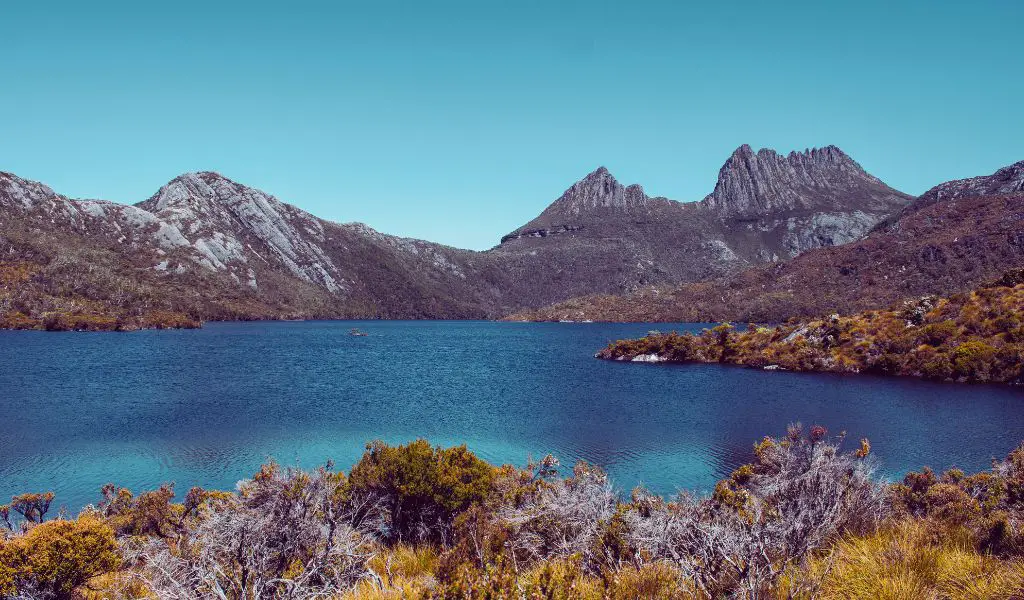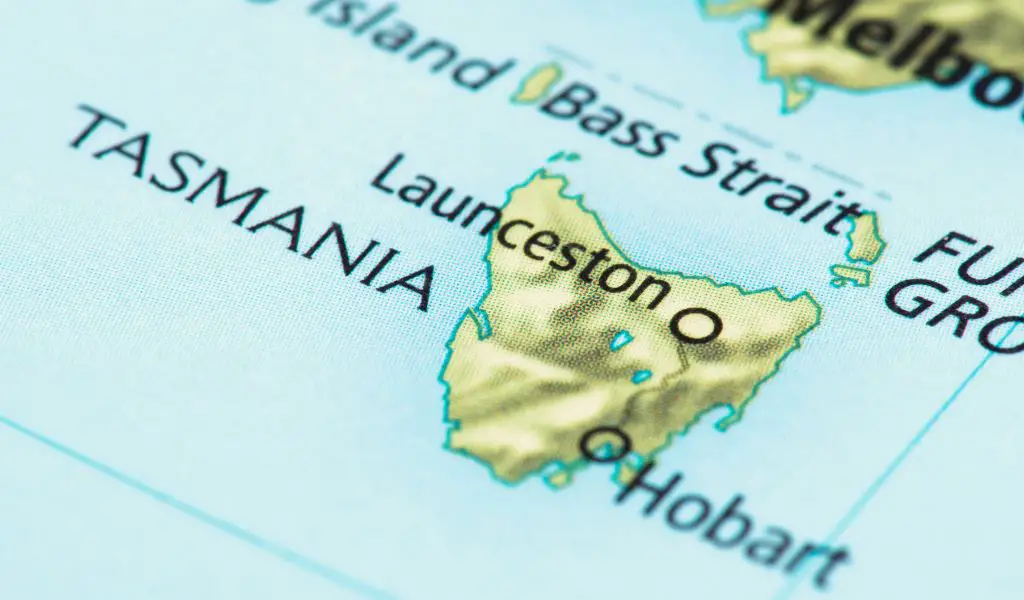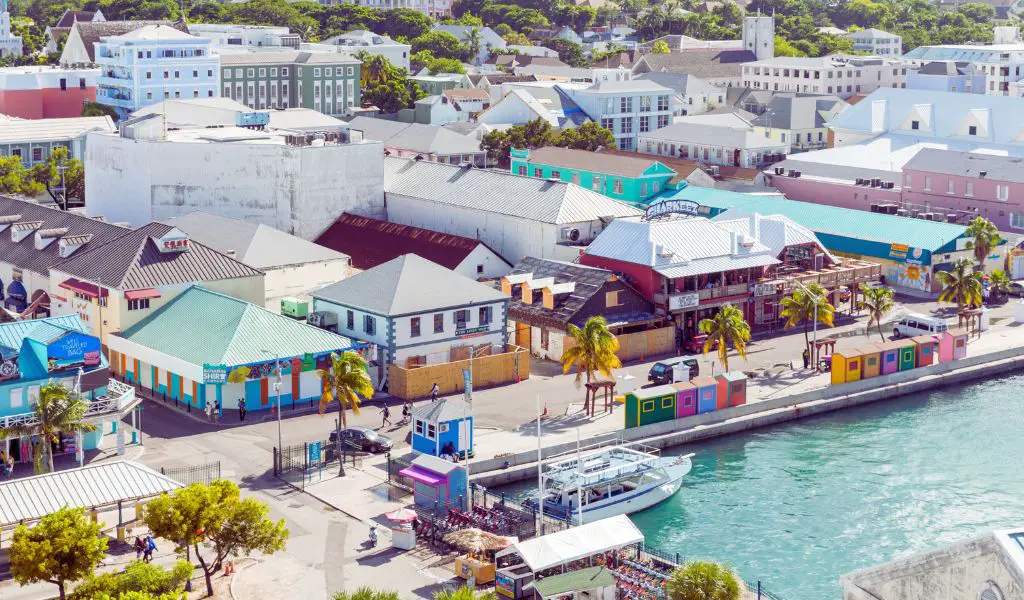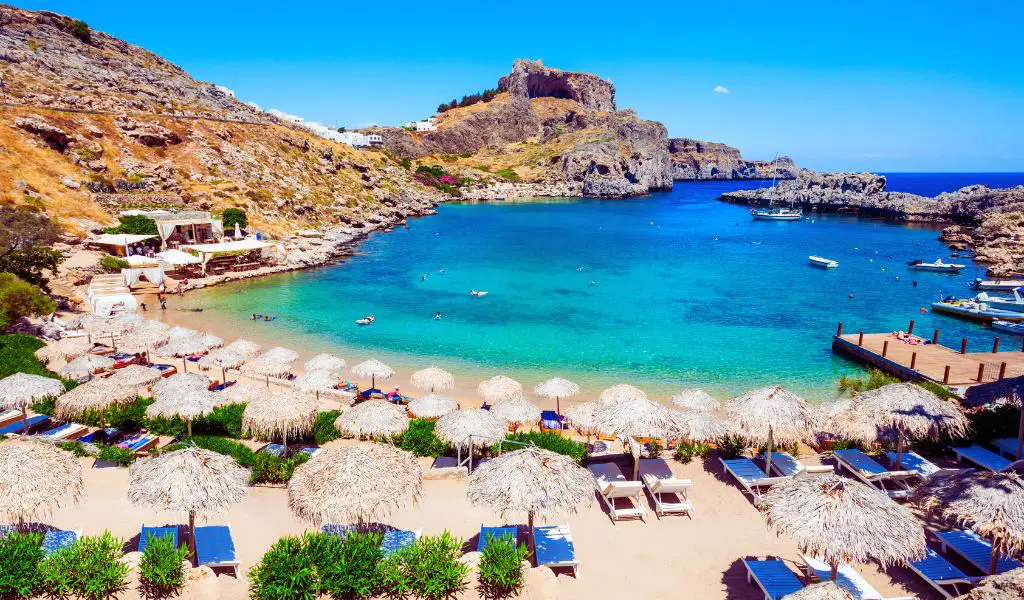Tasmania, often referred to as “Tassie,” is an island state of Australia, located approximately 240 km to the south of the Australian mainland, separated by the Bass Strait. The state includes the main island of Tasmania and a constellation of smaller islands, covering a total area of around 68,401 square kilometers. Tasmania’s landscape is immensely diverse, encompassing rugged mountains, dense forests, serene lakes, and stunning beaches. Its topographical feature is mainly a combination of metamorphic and igneous rocks with a widespread vegetation of cool temperate rainforests.
Geography
A substantial part of Tasmania is a World Heritage Wilderness Area, housing a wealth of natural attractions.
These include Cradle Mountain-Lake St. Clair National Park, with its jagged peaks and clear waters, and Freycinet National Park, known for its beautiful Wineglass Bay.
Tasmania also hosts Mount Wellington, a place that offers a panoramic view of the city of Hobart and the expansive waterways.
History
Tasmania’s rich history is another essential aspect of its appeal.
The island was first inhabited by the Aboriginal people around 40,000 years ago. European discovery of the island occurred in 1642, and it became a British penal colony in the early 19th century.
The remnants of this era are evident in the UNESCO World Heritage-listed Australian Convict Sites, such as Port Arthur Historic Site.
Activities
As for popular activities, Tasmania is a haven for outdoor enthusiasts.
Hiking, wildlife watching, camping, fishing, and kayaking are among the many activities that visitors can enjoy.
The state’s well-maintained network of parks and reserves offers plenty of opportunities for these pursuits.
Population
As of 2023, the estimated population of Tasmania is approximately 541,100. The capital city, Hobart, is the most populated area of the state.

When to Go
The best time to visit Tasmania depends on your interests.
For warm weather and outdoor activities, the summer months (December to February) are ideal.
If you’re interested in winter sports or viewing the southern lights, the winter months (June to August) would be suitable.
How to Get There
The most common way to reach Tasmania is by air, with regular flights from major Australian cities to Hobart and Launceston.
For those preferring a slower pace, there are also ferry services from Melbourne to Devonport.
Highlights
Some of the highlights of Tasmania include the spectacular wilderness of the Southwest National Park, the stunning coastline of the Bay of Fires, and the unique wildlife in the Bonorong Wildlife Sanctuary.
The Salamanca Market in Hobart is also a must-visit for its local produce and artisan goods.
What You Should Know
Tasmania has a temperate maritime climate.
It is known for its clean air, with Hobart having the second-lowest urban pollution level globally.
English is the primary language spoken, and the currency used is the Australian Dollar (AUD).
FAQs
What is Tasmania famous for?
Tasmania is famous for its pristine wilderness, unique wildlife (like the Tasmanian devil), world-class hiking trails, and convict history.
Can I see the Southern Lights from Tasmania?
Yes, Tasmania is one of the best places in the world to see the Southern Lights, or Aurora Australis. The best viewing times are during the winter months.
Are there any dangerous animals in Tasmania?
While Tasmania is home to a variety of wildlife, dangerous encounters are rare. The most well-known creature is the Tasmanian devil, which is not a threat to humans. Always respect wildlife and maintain a safe distance.





